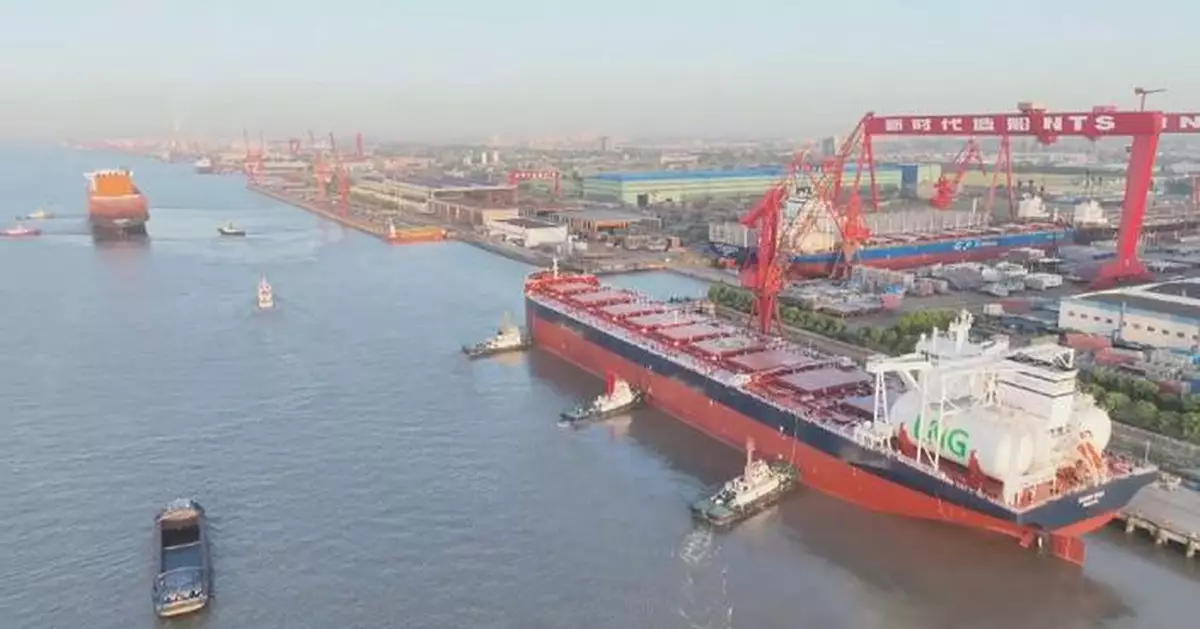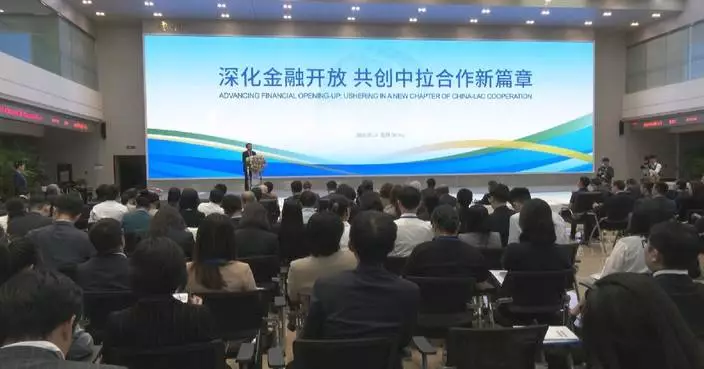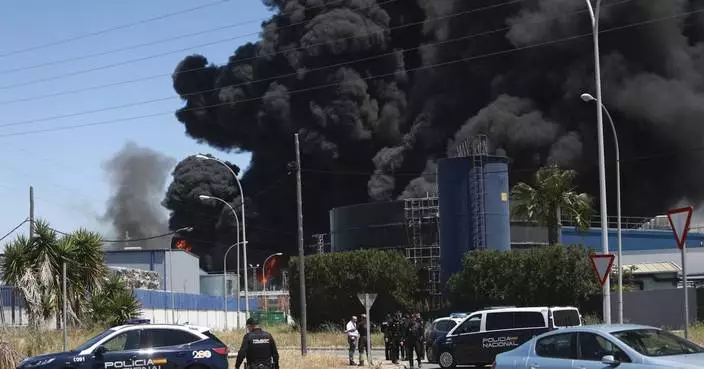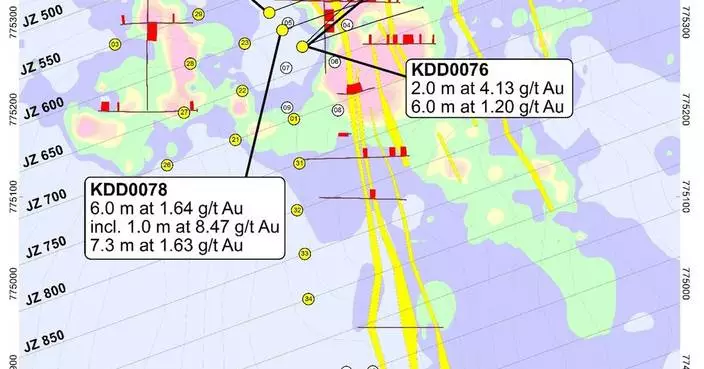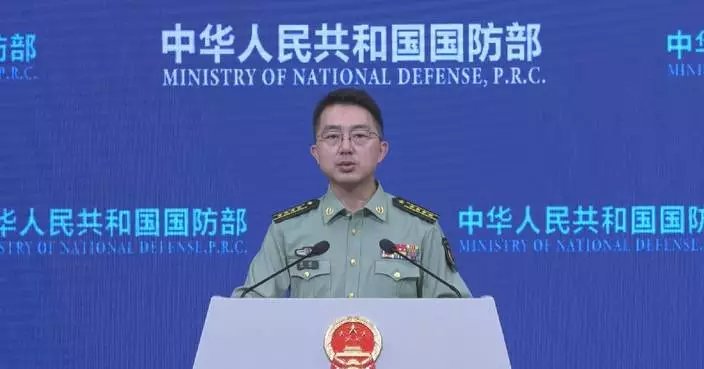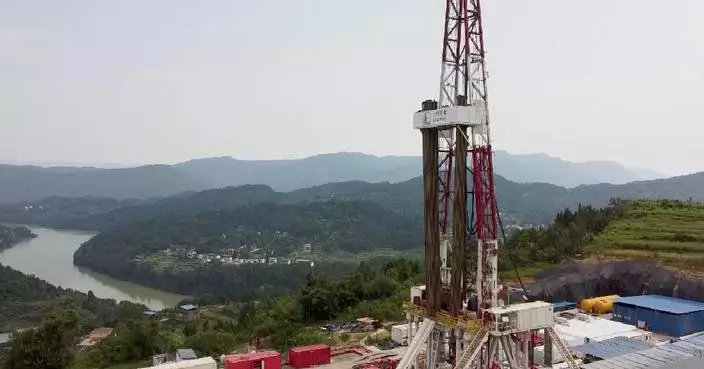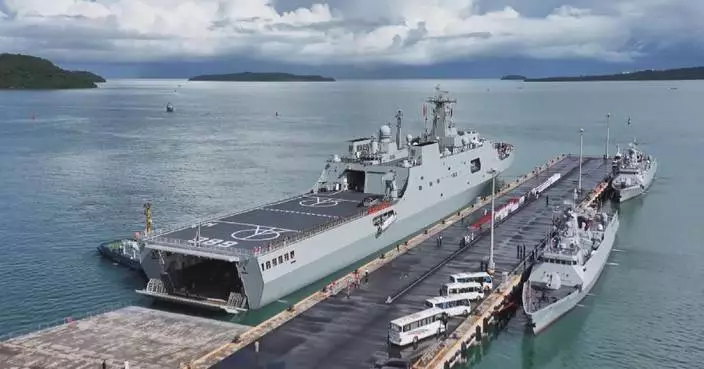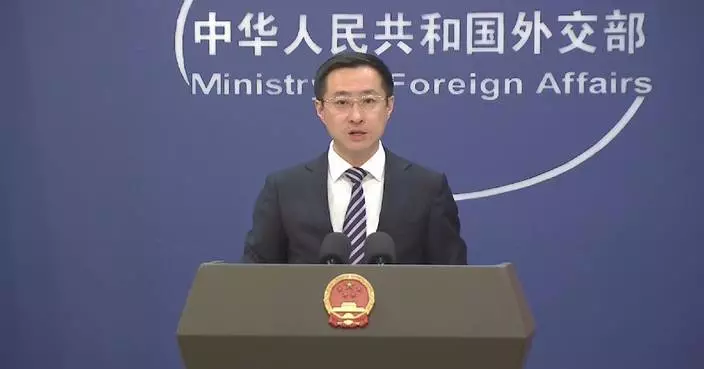High-end manufacturing products have become the main driver of export growth in east China's Yangtze River Delta as industrial upgrading and technological development continually improve the region's foreign trade structure.
The latest data released by Shanghai Customs showed that in the first 10 months of 2024, the value of imports and exports to and from the Yangtze River Delta reached 13.21 trillion yuan (about 2 trillion U.S. dollars), rising 5.3 percent year on year and accounting for 36.7 percent of the national total.
The export value of automobiles surpassed 274 billion yuan (about 37.89 billion U.S. dollars), increasing by 5.4 percent year over year. The export value of integrated circuits stood at around 374 billion yuan (about 51.72 billion U.S. dollars), marking a 16-percent year-on-year growth. Over the first 10 months, the region exported about 165 billion yuan worth of vessels, growing by 74.6 percent compared with the same period last year, the data showed.
"The export value of high-end manufacturing products such as ships and integrated circuits reached double-digit growth, indicating the upgrading of industrial and technological levels in the Yangtze River Delta region, and the further optimization of regional foreign trade structure. The excellent performance of the region's high-end manufacturing industry and the fast growth of the private economy jointly promote the continuous export growth of the Yangtze River Delta," said Zheng Hao, deputy director of the statistical analysis division of Shanghai Customs.
In the first 10 months, the region's private enterprises imported and exported 7.14 trillion yuan (about 987 billion U.S. dollars) worth of goods, increasing by 8.2 percent year over year, according to the released data.
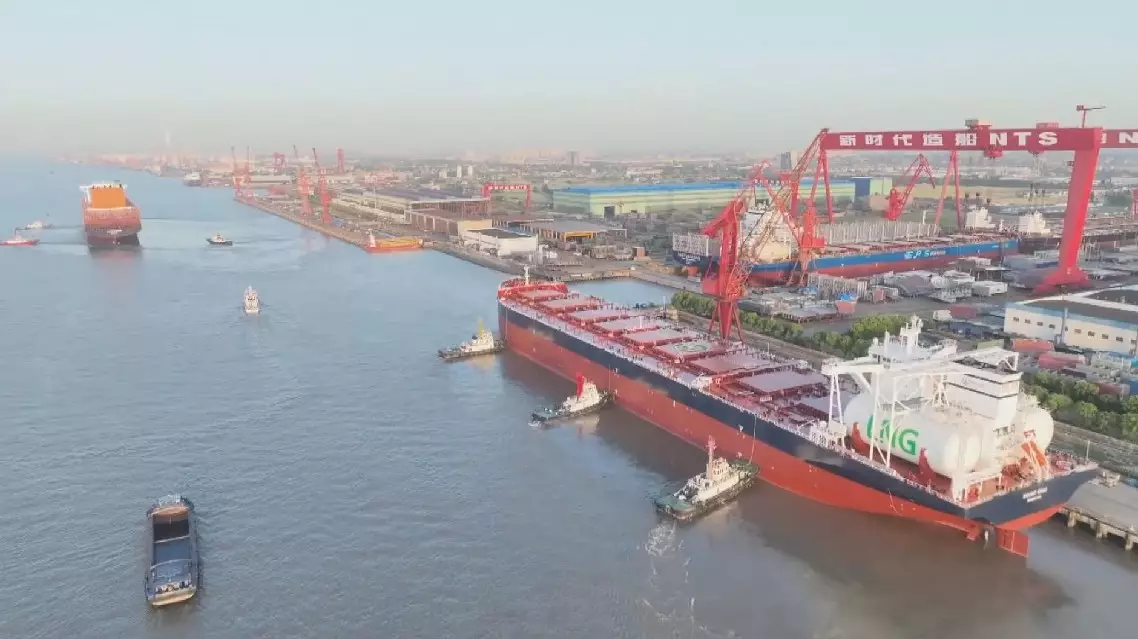
High-end manufacturing products become main export growth driver of Yangtze River Delta
China recorded a relatively fast credit growth in the first four months of this year, providing solid support for the country's real economy, economists said.
China issued 10.06 trillion yuan (about 1.39 trillion U.S. dollars) in new yuan-denominated loans in the first four months of 2025, data from the People's Bank of China, the central bank, showed on Wednesday.
"The reasonable growth of new loans fully meets the effective financing needs of the real economy from equipment renewal in manufacturing to capital turnover in the service industry, and stimulates the vitality and creativity of market entities," said Lu Zhe, chief economist of Soochow Securities Co., Ltd.
Dong Ximiao, chief researcher of the Merchants Union Consumer Finance Co., Ltd, has also noted that at the end of April, the growth rate of yuan-denominated loans was still significantly higher than the nominal economic growth rate.
"In the fourth quarter of last year, the issuance of special refinancing bonds for debt repayment exceeded 2 trillion yuan. From January to April of this year, nearly 1.6 trillion yuan worth of such bonds were issued. Market research estimates that the corresponding loans to be replaced amount to about 2.1 trillion yuan. After adjustment, the growth rate of yuan-dominated loans remained above 8 percent at the end of April. It is expected that the growth of the financial aggregate will remain stable in the next stage," Dong said.
Meanwhile, financing costs remained at historically low levels. Data showed that the weighted average interest rate on new corporate loans issued in April was around 3.2 percent, about 4 basis points lower than that in the previous month, and the weighted average interest rate on new personal housing loans stood at about 3.1 percent.
"The steady growth of financial data in April indicates that the 'moderately loose' monetary policy has continued to show its effectiveness. The growth in both quantity and quality of loans, the reasonable increase in money supply, plus abundant liquidity, demonstrate the strong support of the financial system for the real economy," said Lu.
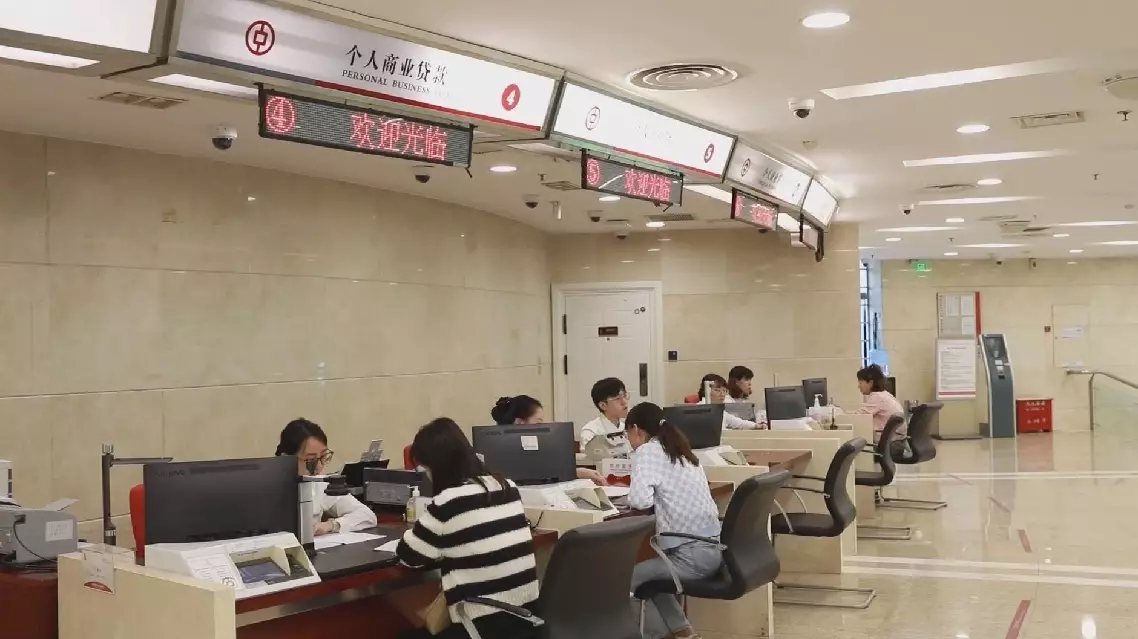
China's relatively fast credit growth provides solid support for real economy



